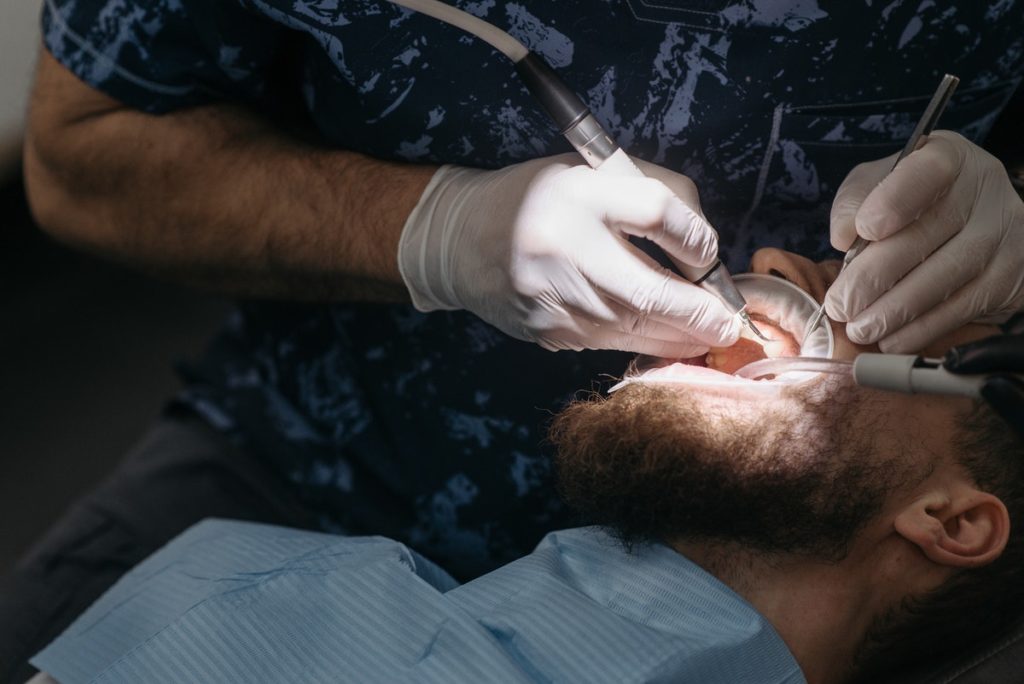Want to learn more about how oral implants are fitted?
Here, 5 questions about how oral implants are fitted are answered, helping you decide if this is the right treatment for you.

How are oral implants fitted?
The standard endosteal dental implant Melbourne is fitted via some incisions being made into the gumline and holes being drilled into the jaw. This is assuming that your dentist is not using a vacant socket to fit the implant.
Once the implant is fitted, the gum line is sewn up and the implant then needs to fuse.
Does it hurt?
Having oral implants fitted should not be painful while you are in the chair.
They will be fitted using a local anaesthetic (or under sedation), which will make the process painless.
Once at home, you should take over-the-counter pain relief such as paracetamol to mitigate the discomfort. Refrain from using ibuprofen or aspirin, as these can thin the blood and worsen bruising. If you have any discomfort, once at home, that is distracting you from your daily activities, please contact an emergency dental team for help.
How long does the process take?
Many variables influence the ability to predict how long it will take to fit an oral implant.
The first one is the number of implants that are being fitted; it takes a skilled dentist with the expertise in fitting implants between 1 and 2 hours to fit an implant and so, if you are having multiple implants fitted, the procedure may be spread over several days.
Secondly is the type of implant being fitted; endosteal implants are the most commonly used implant and take the standard 1-2 hours to fit. But zygomatic implants can take up to 3 hours to fit, as they require more extensive drilling to occur.
When you attend your oral implant consultation, your dentist will be able to provide you with a more accurate estimate of how long your treatment will take.
Can I have a tooth extracted and an implant fitted on the same day?
While this may seem like a logical solution to having a hole drilled into your jawbone unnecessarily, it is not always that straightforward.
In some cases, if enough jawbone is present, it may be possible to undertake an extraction and have an implant fitted on the same day, but some dentists will want the extraction site to heal before attempting to fit an implant. This is to reduce the chance of introducing an infection to the bone.
Will I need a bone graft?
In some cases, a bone graft will be required to help the implant to fuse.
But, as many dental surgeries can offer different types of oral implants which do not have the same strict limitations on required jawbone amounts, it can sometimes be simpler to opt for a different type of oral implants, such as subperiosteal.
If your dentist decides that a bone graft would be beneficial to helping the fusing of an endosteal implant, the bone used will typically be taken from your foot or your chin. It will be placed onto your jaw with a mesh and will need around 3-6 months to fuse.
DISCLAIMER
Any surgical or invasive procedure carries risks. Before proceeding you should seek a second opinion from an appropriately qualified health practitioner.
